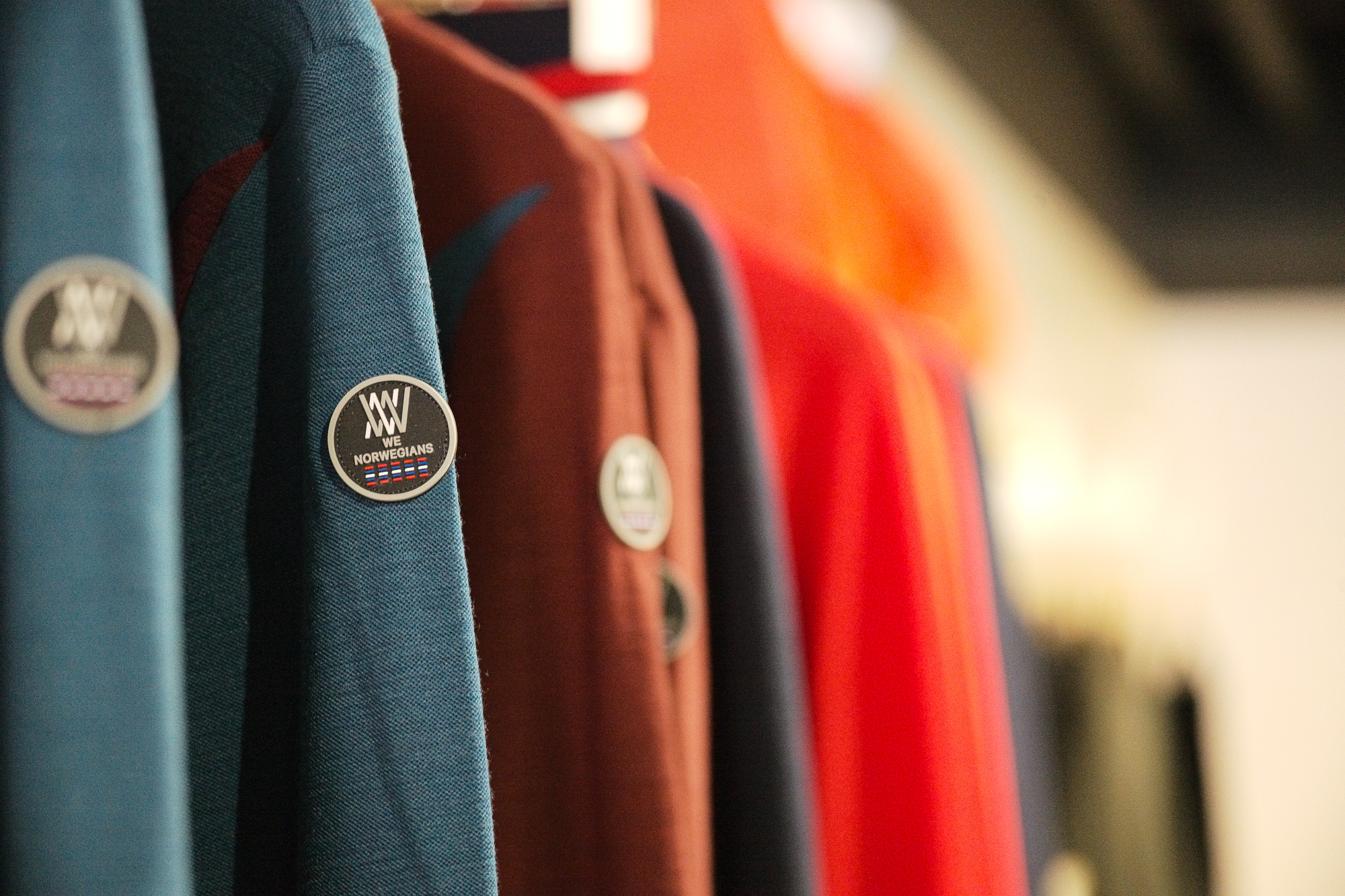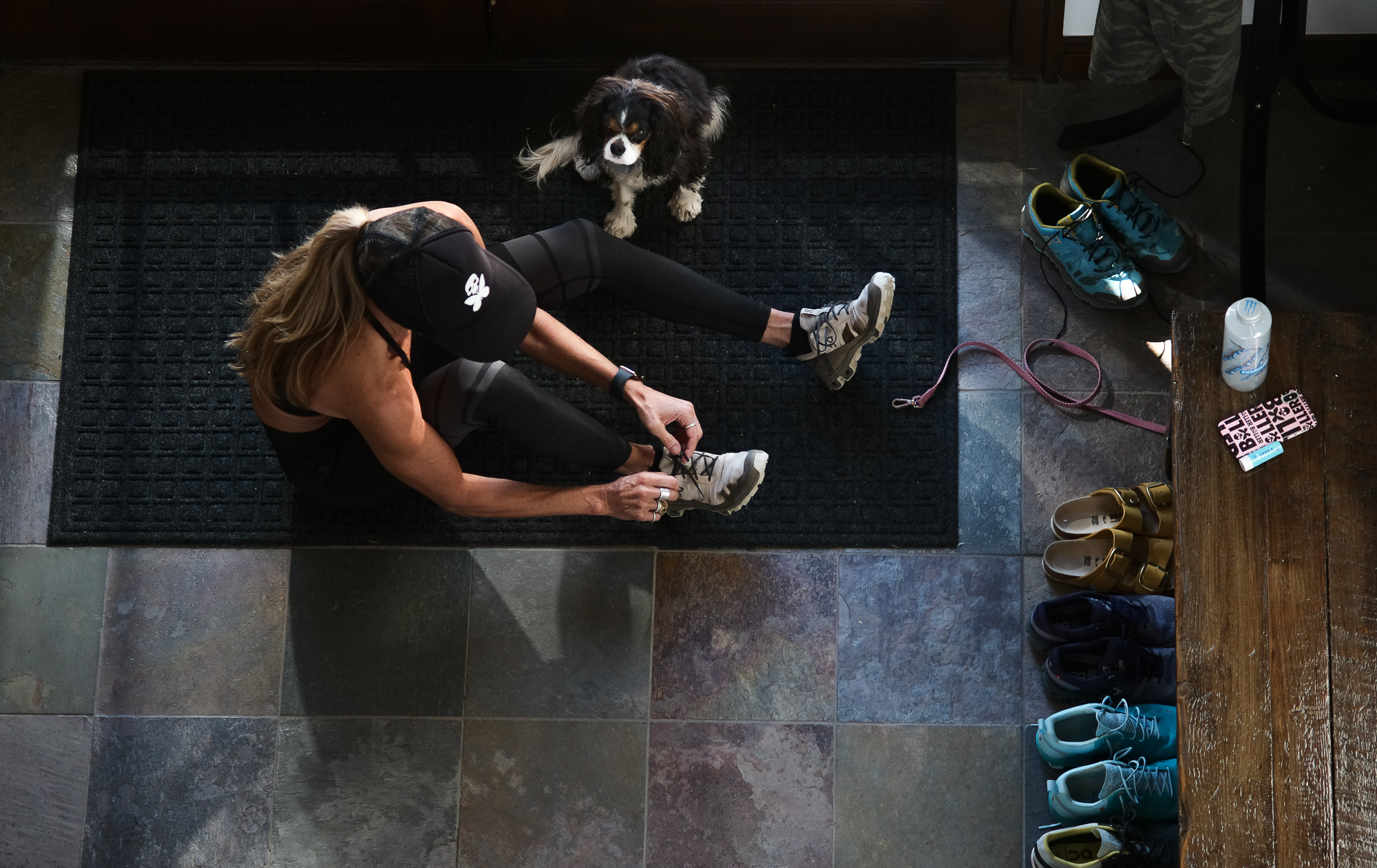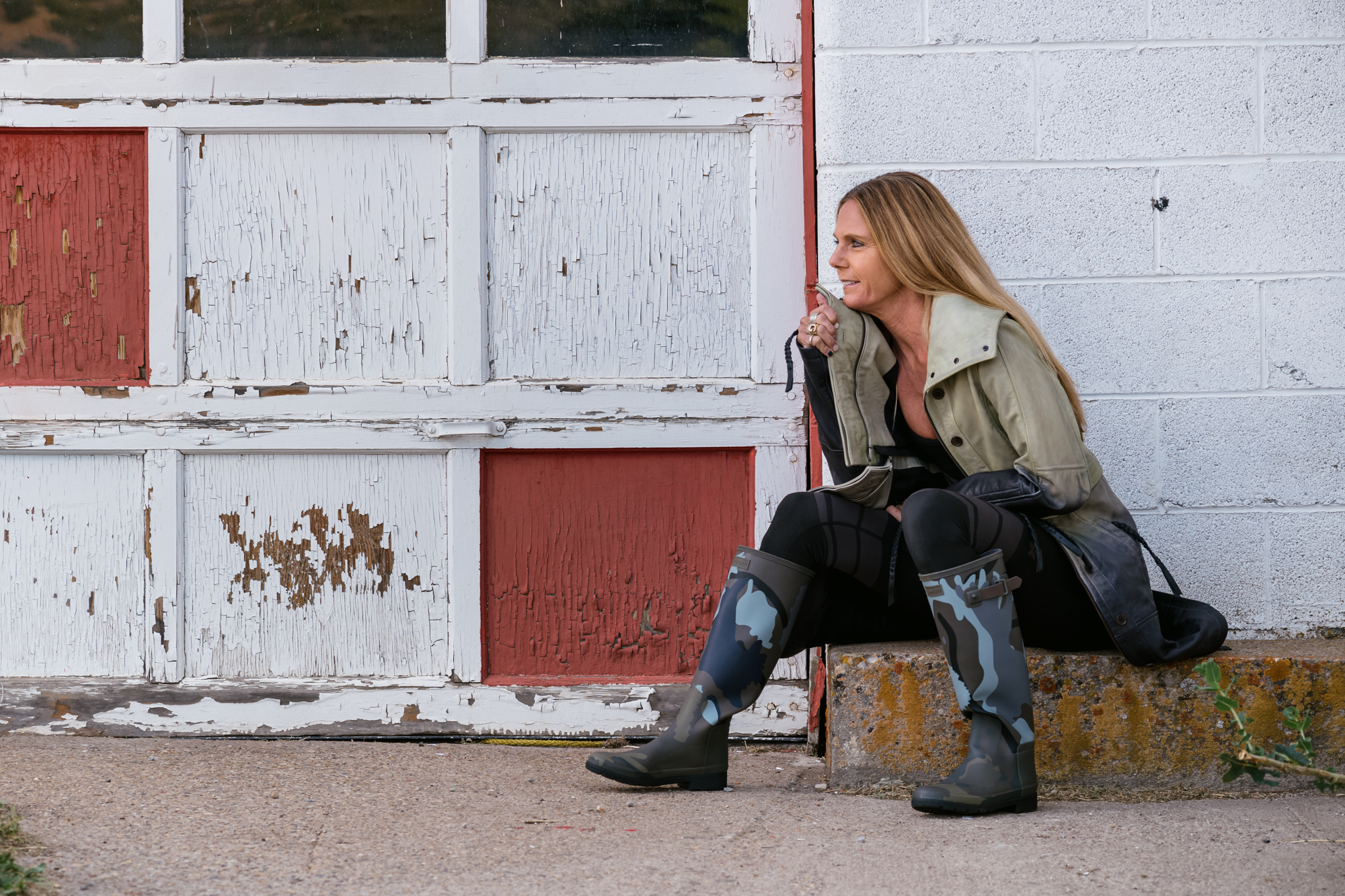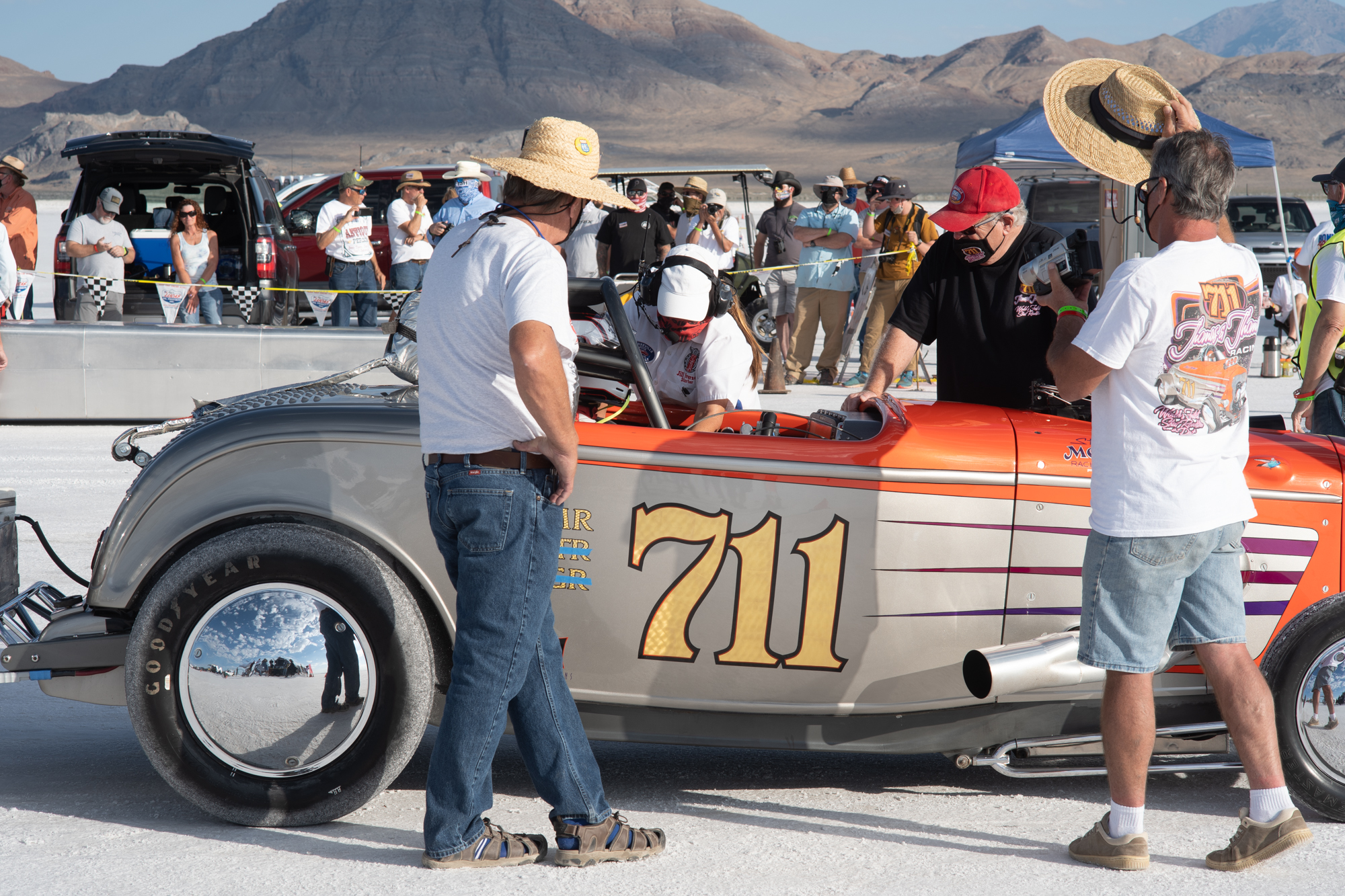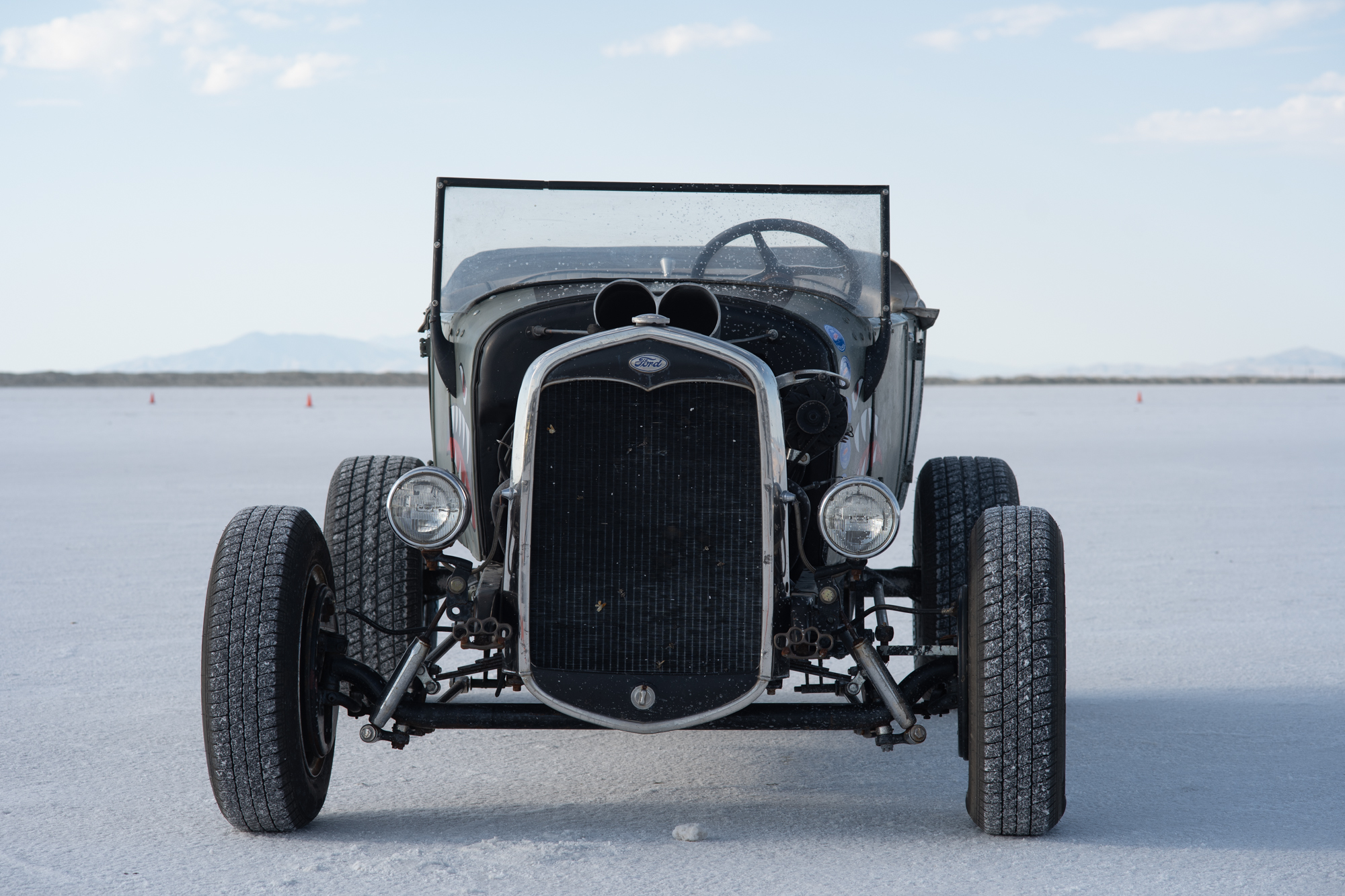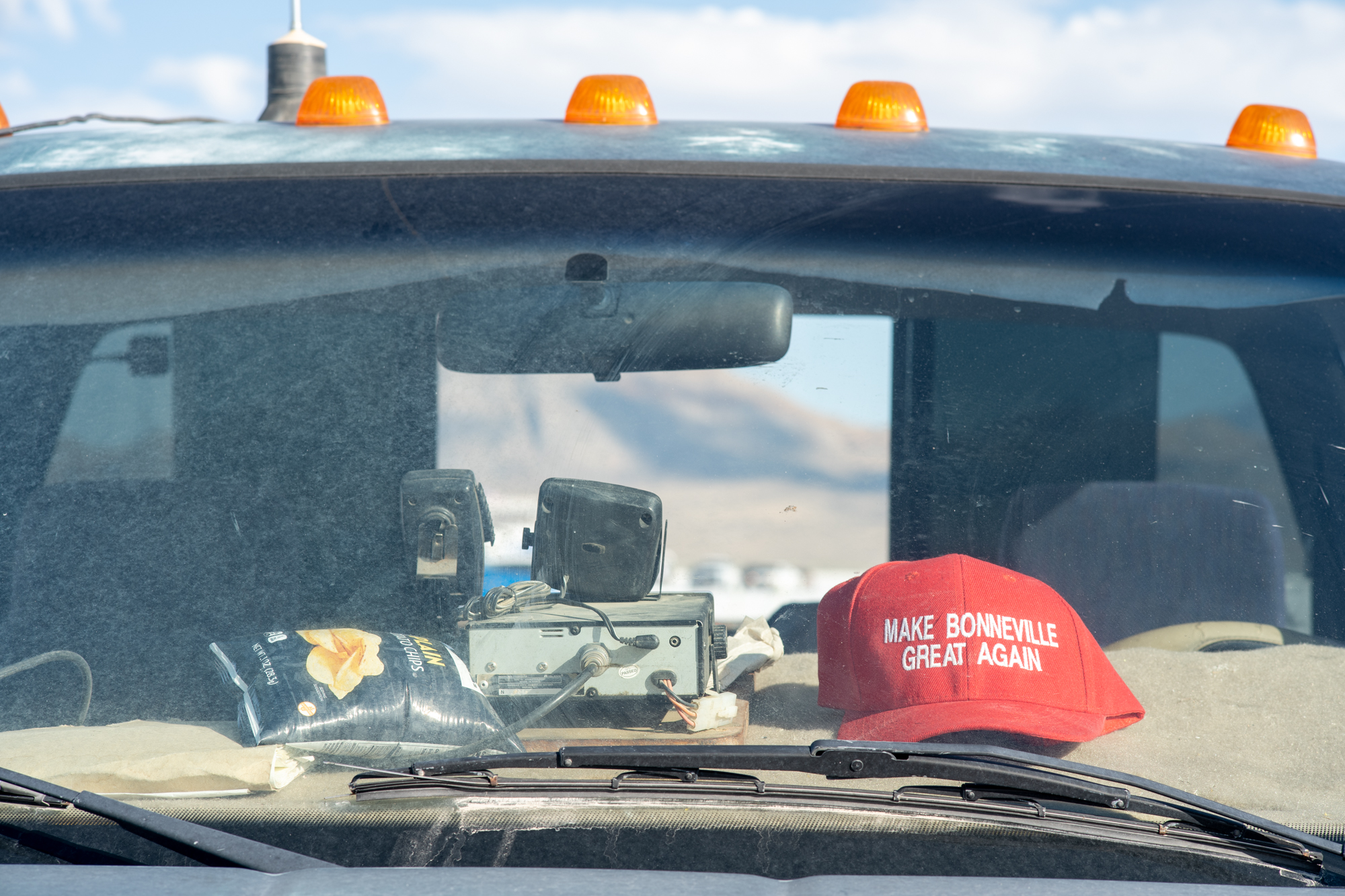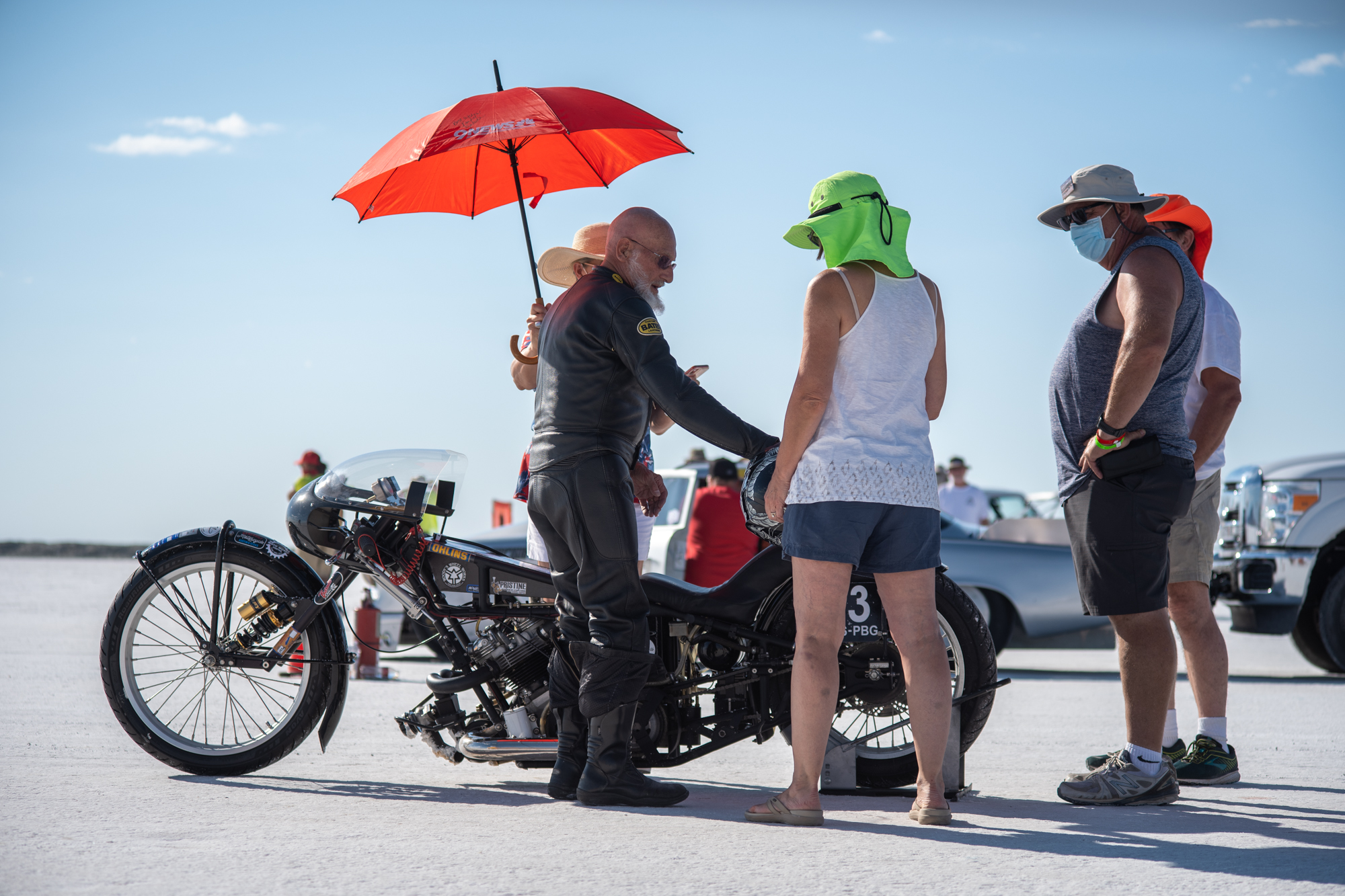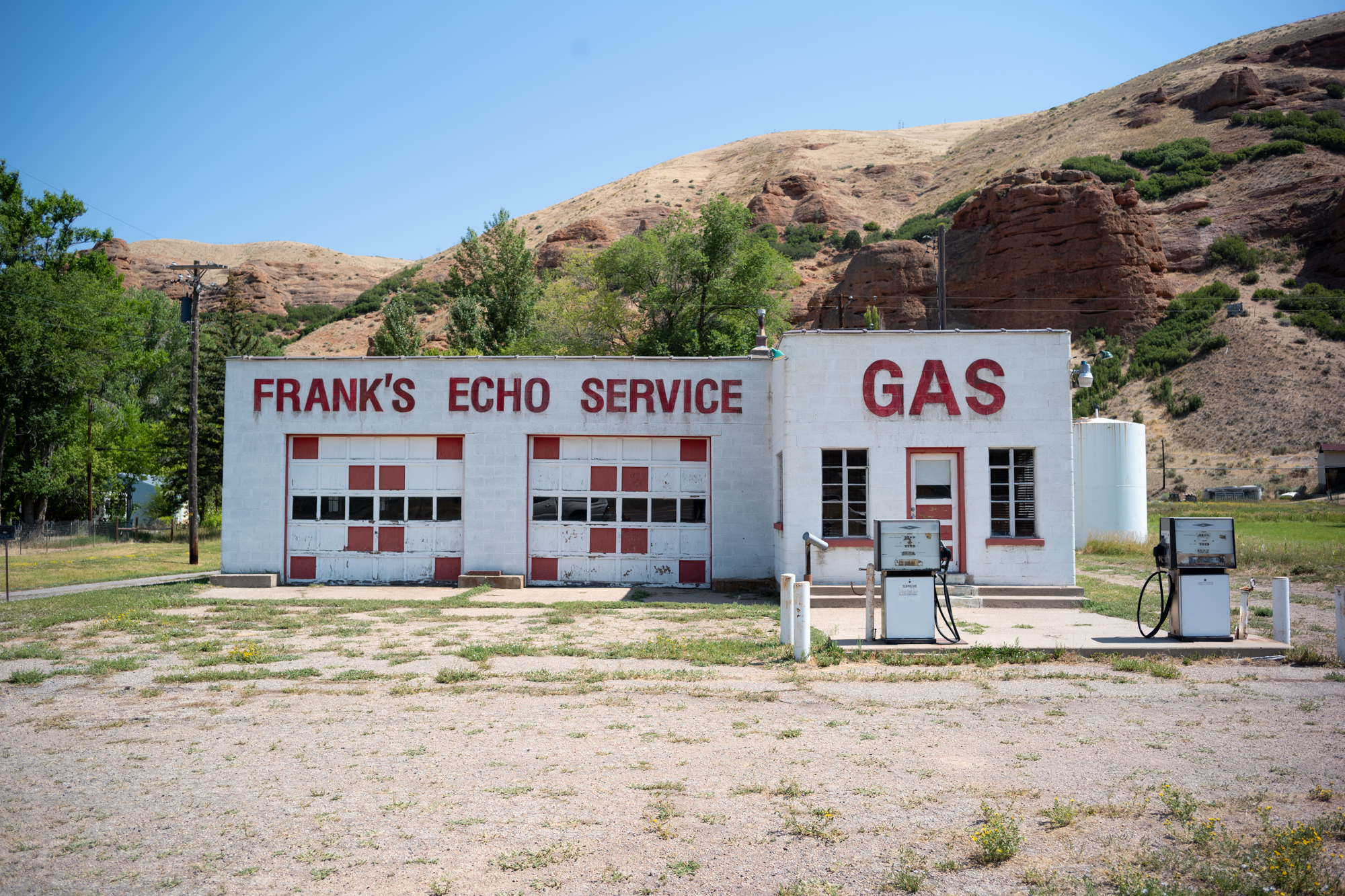Trying to sort out the history of this lens, particularly with regard to whether or not there are different versions, how to tell them apart, and which one to buy was a painful exercise in futility. I can say with absolute certainty that after about an hour researching this lens I gave up. All I can say with absolute certainty is that that this lens hails from the Minolta/Leica CL/CLE era of the 1970’s-80s.
Other than that, I don’t know what is fact, legend, or opinion. There is debate on whether the optics changed when this lens went from early versions being made in Germany to later versions being made in Japan. There doesn’t seem to be any general consenus regargding any sort of significant image quality differences between different versions or years.
That is about all I feel comfortable saying about this lens because I am reluctant to regurgitate false or misleading information. If you want to know more about the history of this lens, strap in, go to the forums, eat an edible, drink a beer, have a shot, and good luck keeping your sanity with all of the back and forth.
On garden gnomes and park cars
Usability issues with 90mm rangefinder lenses include considerations regarding 1) Size and 2) if you do leave the house with it, can you actually focus it accurately?
The primary issue (at least for me) is that rangefinder telephoto lenses can be bigger than I want for my rangefinder rig. Large(er) rangefinder lenses encourage me to leave them at home because of their size. Beefcake lenses the size of a stubby cactus hanging off the front of a rangefinder obviate my #1 reason for using a rangefinder which is that I don’t have to use big ass SLR lenses.
Lenses that are bigger than a chubby little pickle also violate the #2 reason of using a rangefinder which is that you can house all of your lenses for a day of shooting in a tiny camera bag with the lenses standing straight up for easy access. My current rangefinder camera bag is the Peak Design Everyday Sling. If a lens doesn’t stand up straight in the bag WITH THE LENS HOOD ON it is a dealbreaker.
Reason #3 for using a rangefinder camera is that a rangefinder camera is a simple tool. Screwing on and off lens hoods to make lenses fit in your bag (again lenses must stand erect with a lens hood on) or screwing on and off a focus magnifier, which may be necessary with some 90mm lenses (1) so you can obtain accurate focus violates rule #3. Screwing while using a rangefinder is a dealbreaker.
With that background, you now understand why the form factor of a 90mm rangefinder lens is so important. 90mm lenses where you don’t need to use a magnifier to get critical focus (1) and stand up straight and tall in your camera bag like an erect piece of celery in a glass full of salty water are my baseline requirements. The 90mm Minolta M-Rokkor f/4 checks those boxes and, as far as I am concerned, is the ideal package for a 90mm rangefinder lens.
This lens does not have a focusing tab. As you know, focusing tabs for me are like Blue Dream and Bombay to Whiz Khalifa. Unlike other focal lengths, at 90mm they are not necessary. The focusing barrel of a 90mm lens is large enough so you won’t be grabbing the aperture ring accidentally. Moreover, focusing is so difficult at 90mm you are going to need (at least) two fingers and a long focusing throw. After this review, I won’t be mentioning focusing tabs on 90mm rangefinder lenses. There is nothing to discuss.
I find no usability issues with this lens.
Does it have SOUL?
As a general rule, vintage lenses fall into two categories. Lenses can be super vintage and fun to collect or use as a novelty item from time to time to get special effects for projects but in practice they are either too low contrast, too difficult to use, too flarey, too glowy, and are generally just too crummy to be taken seriously by anyone except the forum dwellers who recommend and cherish them because they inherited them from their grandfather. On the other end of the spectrum, lenses (even some older lenses) can be too good, too modern, and lack SOUL in much the same way that the last season of Game of Thrones, the third season of Breaking Bad, Van Halen III, and everything by Sun Kil Moon (2) are great but are also just only OK at the same time. There are only a few lenses that proudly walk the tightrope between vintage and modern. This is one of them. The Minolta M-Rokkor 90mm f/4 is the Philippe Petit (3) of camera lenses.
Wide-open, this lens has the soulful crema of being slightly unsharp but sharp at the same time, it ever so slightly glows in the highlights but never goes all boom chicka wow wow, and it even offers a sedate and groovy color palette that stands on its own without requiring work in post to improve contrast or, conversely, analog film emulations to knock down the skittles and rainbows that are so common in modern lenses.
This brings us to a discussion of f/4. In most cases, f/4 is too slow to waste time with on a rangefinder. If this was a 35mm lens, f/4 is a dealbreaker. If this was a 50mm lens, f/4 is a dealbreaker. If this was a 28mm lens, f/4 is mostly a dealbreaker. If this were any old mirrorless camera with fancy pants things like animal eye focus, focus tracking, or even focus peaking that actually worked, f/4 would also be a dealbreaker at 90mm. On a rangefinder, however, f/4 at 90mm requires additional discussion.
I will probably lose my Leica fanboy membership card (again) with the following transgression but since my membership is already on thin ice after I said that you can make “Leica Glow” with a slider in photoshop, 90mm is pushing the upper limit of rangefinder technology. Given the size of the rangefinder patch and the 90mm focusing lines that crop the world into oblivion, focusing a rangefinder at 90mm can be challenging if you have 20/20 vision, difficult if you are over the age 40, and possibly impossible if you are shooting anything other than garden gnomes and parked cars(1). With a 90mm lens, at f/4 you have a fighting chance. At f/2.8 you might get lucky. I don’t understand f/2 at all. That is why f/4 on a rangefinder lens is not a dealbreaker. In many situations, you will want, need, or just use f/4 just to be confident your focusing is accurate (1).
If you are using your 90mm lens for landscapes (e.g. shooting at a higher aperture) or you are stalking Sadhus in India from 25 feet away f/4 is sufficient (1)(4). With high apertures and/or shooting things in the distance, bokeh is not your primary concern so don’t waste your time and money with an f/2.8 lens. If however, you keep the 90mm in your bag to take pictures of close up/near focus details like people’s hands, eyeballs, handlebars, shoes, rings, or maybe even an occasional portrait of someone with a pulse and you want a super dreamy background, f/4 requires even more discussion.
In my hands, a 90mm lens has a permanent position in my bag for closeup and detail images because the close focusing on rangefinders is awful. Moreover, I feel that closeup and detail images are also the only place that gratuitous bokeh and background cream offer more than a signal to other photographers to let them know you blew $5000 on an f/0.95 lens. Fortunately, the background cream from a 90mm lens is equal to or better than faster lenses of a shorter focal length. Stated another way, 90mm is an inexpensive way to get cream into the background of your images. You need to decide for yourself if f/4 gives you enough cream at close focusing distance or do you need to go up to f/2.8 and endure the headaches and missed images you can expect with close focusing a 90mm lens on a rangefinder at f/2.8.
Here are a few gratuitous. closeup, bokeh images to help you get a feel for the cream at 90mm and f/4 on a rangefinder.
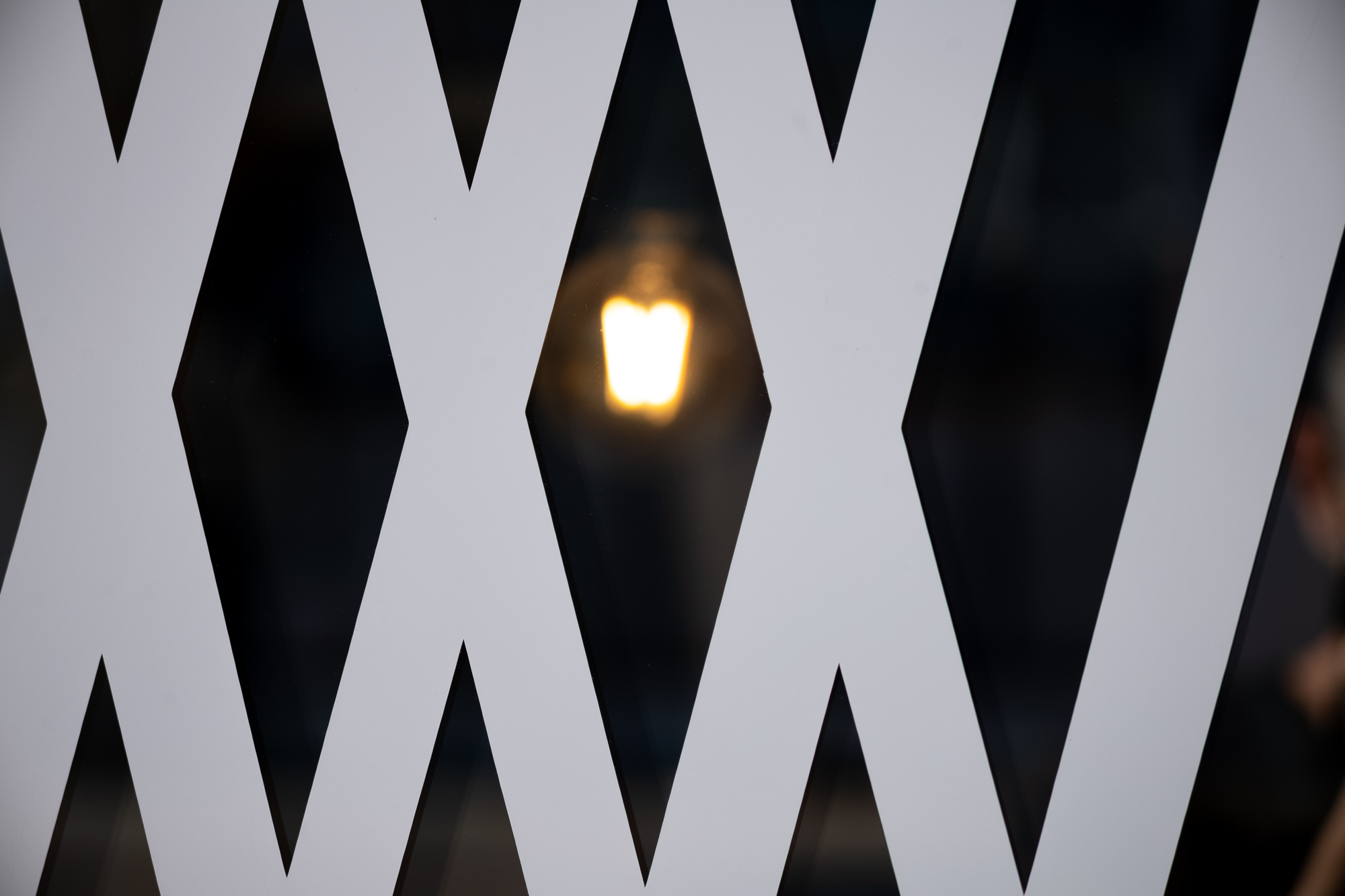 Don’t get all nit picky on the appearance of the cream like some bokehphiliac in some camera forum. I specifically didn’t shoot little bokeh balls for that reason. Save that for later. Just focus on the degree of cream. If that is enough cream for your sauce, you are good. Don’t waste your time with f/2.8(1). If, however, you demand more cream for your soup, you are likely an f/2.8 man or woman. In my opinion, nobody will ever call an f/4 lens a “bokeh master” or even a “bokeh monster” but at 90mm, the cream is actually pretty creamy in most situations. Your mileage may vary. The cream is a personal decision.
Don’t get all nit picky on the appearance of the cream like some bokehphiliac in some camera forum. I specifically didn’t shoot little bokeh balls for that reason. Save that for later. Just focus on the degree of cream. If that is enough cream for your sauce, you are good. Don’t waste your time with f/2.8(1). If, however, you demand more cream for your soup, you are likely an f/2.8 man or woman. In my opinion, nobody will ever call an f/4 lens a “bokeh master” or even a “bokeh monster” but at 90mm, the cream is actually pretty creamy in most situations. Your mileage may vary. The cream is a personal decision.
While you are agonizing over cream, don’t forget to consider the trade-off between lens size and cream. Physics dictate that for comparable image quality are going to need a larger lens (e.g. f/2.8) to make more cream. We will explore this more when we look at 90mm f/2.8 lenses.
The last issue in your decision matrix is whether or not the lens is sharp enough at f/4 to make your gratuitous bokeh shots pop. Everyone knows that gratuitous bokeh shots require a sharp subject or they look stupid. Right? Saving space in your bag and going with an ultraportable f/4 lens is a stupid decision if it is unsharp wide open. In my hands, the Minolta M-Rokkor 90mm f/4 lens is “vintage sharp++++” at f/4. Of course, that is a stupid made-up term just like the stupid made-up terms you will encounter when shopping for these lenses on eBay. Nonetheless it roughly translates to perfectly sharp for normal people with a job and a house and other things to worry about but it is not rose thorn sharp so the pixel peepers will lose their lunch. In my experience, if you are posting your images on Instagram they will be plenty sharp. If you add some grain in post, are using film with grain, or are shooting at a higher ISO, nobody will ever know you didn’t spend money on an ASPH lens costing 10x the price of this little gem. All of that said, this lens isn’t winning the 2020 wide-open sharpness award so if you are that worked up about sharpness, you probably aren’t considering this lens and you probably also didn’t make it this far in the review to read this anyway. You are not my people.
In conclusion, soul vs size vs weight vs sharpness vs cream vs can you even focus the damn thing wide open is the decision matrix you need to sort through with this and all of your 90mm rangefinder lens decisions.
Flare there?
You already know I am a sucker for lenses that offer interesting flare. On the other hand, flares are unwelcome if all I can get out of the flare is a white phlegm smear on the periphery of the image which is pretty much what you get with this lens. Don’t expect any pretty circles, hexagons, streaks, or anything like that.
Flares (or lack thereof) are something to pay particular attention to when working with 90mm lenses because you have such a small area of the viewfinder window to use to frame the image. In my experience, it can be difficult to work with flares and 90mm rangefinder lenses because it can be difficult to judge how much of the sun is in the periphery of the image and how it will affect the final image. Truth be told, with 90mm lenses (unlike all other focal lengths), my preference is to add flares in photoshop (gasp) if they are absolutely necessary. I ruined too many 90mm images with suboptimal flares and old 90mm lenses. I am pretty much done playing with flares at 90mm.
Did I keep it?
A soulful lens that is smaller than an adolescent chipmunk and is vintage sharp at f/4? What is not to like? Right? Not so fast. When I asked you to look carefully at the bokeh images and consider the size of the package I was serious. Those trade-offs are not insignificant. This was not an easy decision for me and it is well established that I suffer from availability heuristics, information bias, stereotyping, and selective perception and as a result make quick decisions which I often regret in the future. For a sufferer of that many cognitive biases to say it was a difficult decision, it really was difficult. To see where I fall on the spectrum and how this lens compares to its peers, please vistit the Leica Lenses for Normal People: The Recommended list .
Notes:
- In my hands, any lens faster than f/4 on a rangefinder may require a focus magnifier if used wide open. Part of the reason is that the depth of field is razor-thin and rangefinders are not the best tool to use to focus with a razor-thin depth of field. In my hands a rangefinder is not quite precise enough to focus down to a razors thickness. The following primer explains the situation using a little math derived from the depth of field calculator.
- If you are close focusing at 0.7 meters (27.5 inches) at f/4 and using a 90mm lens your margin of error (e.g. zone of focus) is only 0.5 inches (1.27cm). That is razor-thin but it is even worse if you are using an f/2.8, 90mm lens wide open at close focusing distance. At f/2.8, your margin of error is only 0.35 inches which or 0.889 centimeters!!! As you can see the margin of error is almost nothing with both of these lenses spo unless you are using a digital tool to assist you with focus, it can be impossible to accurately focus a 90mm rangefinder lens, wide open, at f/2.8 using the rangefinder mechanism. Think about it, if you lean in just 8mm your subject will be out of focus. If your subject moves 8mm it will be out of focus. If your rangefinder focusing is off by 8mm it will be out of focus. If a wasp farts in your general vicinity your image might be out of focus although I am not exactly sure if insects pass gas it will affect your image. In my experience, the rangefinder mechanism is just not accurate enough (with my eyes) to reliably allow you to focus with 8mm of precision. At f/4 you have somewhat of a fighting chance.
- When it comes to focusing at moderate distances, let’s say a subject is 6 feet away, the situation improves..slightly. Using a 90mm lens at F/4 your margin of error is 3.72 inches (9.5cm). At f/2.8, the margin error is just outside of the stupid range and is 2.64 inches (6.7cm). It is reasonable to expect that even at 6 feet away if your subject is moving or you do like everyone else and get excited and lean in just a little bit before you press the shutter, your subject might be out of focus.
- At farther subject distances, let’s say 25 feet, this discussion is less of a concern. At f/4 your margin of error is 5.64 feet (1.72 meters) and at f/2.8 the margin of error is 3.97 feet (1.21 meters). In both of those situations, at least in my experience, the rangefinder, even without a magnifier is just fine.
- As a corollary to this discussion, if you think you need an f/2.8 lens for far focusing because you think you will get more background blur with f/2.8 compared to f/4, think again. The difference in bokeh between f/2.8 and f/4 at 25 feet isn’t all that much different.
2. Although I am warming up to Sun Kil Moon.
3. Man on A Wire. https://www.imdb.com/title/tt1155592/ Go. Now.
4. My recommendation is to stop stalking Sadhus or anyone else from 25 feet away. Go up to people and ask them to take their picture. Sniping and stalking from 25 feet is creepy. While you are at it, be sure your Sadhus are genuine and not just guys dressed up like Sadhus for tourists.


